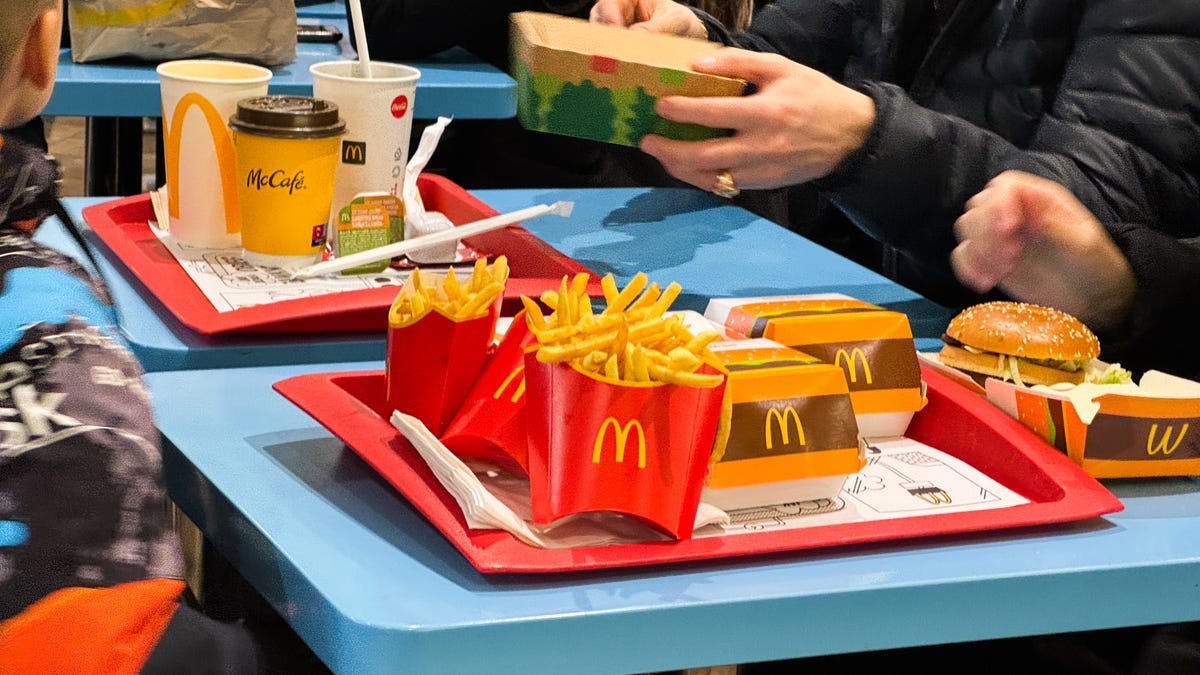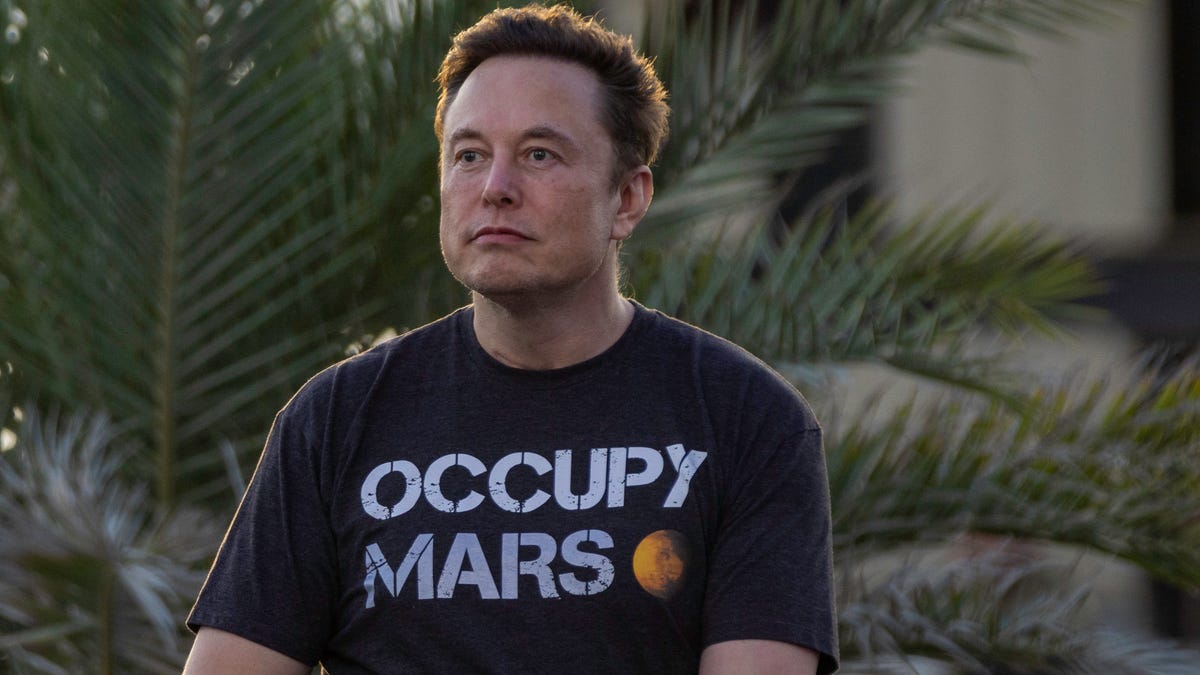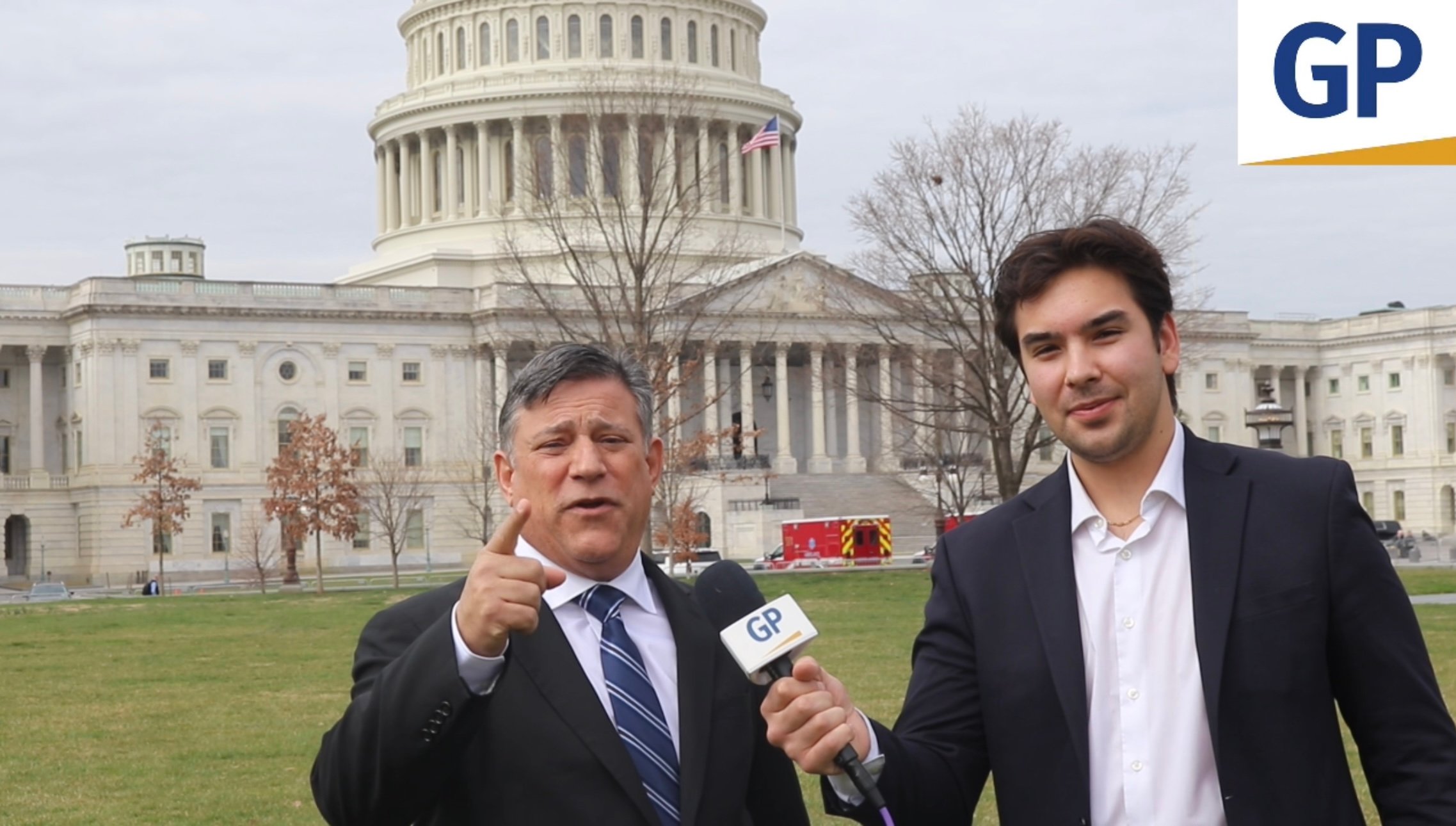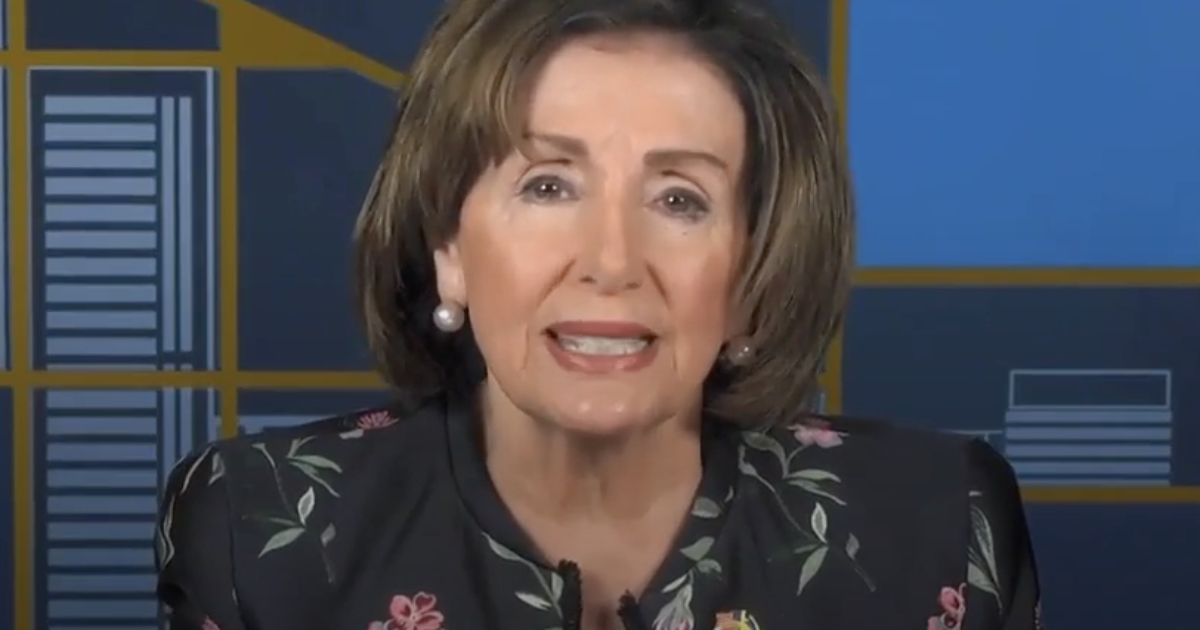Impact of Minimum Wage Increase on California Fast Food Prices
California fast food restaurants have been experiencing a significant increase in menu prices, surpassing the rate of any other state in the U.S. even before the implementation of the new minimum wage law. According to a comprehensive analysis conducted by Datassential, a prominent global food and beverage intelligence company, using its advanced AI-powered Price Monitor tool, the findings reveal a noteworthy trend in pricing adjustments in the six months leading up to the wage increase.
Menu Price Surge
The data collected between September 2023 and April 1, 2024, showcases a substantial 7% surge in menu prices across various fast food establishments in California. This surge is particularly significant when compared to the rest of the country, indicating a distinctive impact of the state’s wage legislation. The minimum wage increase, which ranged from $4 to $20 per hour for fast food workers in chains with over 60 locations nationwide, has prompted a wave of adjustments within the industry.
Ongoing Challenges for Restaurant Owners
With the implementation of the new law, fast food restaurant owners in California are facing critical decisions to adapt to the evolving economic landscape. The necessity to accommodate higher labor costs has led many establishments to consider strategies such as reducing staff numbers, cutting back on operating hours, and even contemplating closures during off-peak periods of the day.
The shift towards higher wages for fast food workers, while aiming to enhance the livelihoods of employees, has presented a complex dilemma for business owners trying to balance operational costs and profitability. The repercussions of the wage hike have been evident in the actions taken by various restaurant chains, with implications for pricing strategies and overall business sustainability.
Industry Response and Future Outlook
As fast food giants like McDonald’s and Chipotle assess the impact of California’s minimum wage increase on their operations, there is speculation about the potential for further price adjustments to offset rising labor expenses. The adoption of innovative solutions, such as automation technologies like Chipotle’s avocado-cutting robot, signifies a shift towards efficiency and cost management in response to changing regulatory frameworks.
In conclusion, the intersection of labor policies, pricing dynamics, and operational challenges in the fast food industry highlights the intricate balance that businesses must navigate to ensure viability and competitiveness in a dynamic marketplace. The ongoing evolution of wage regulations and their implications for pricing strategies underscore the importance of adaptive strategies and forward-thinking approaches for sustainable growth in the sector.
Image/Photo credit: source url





